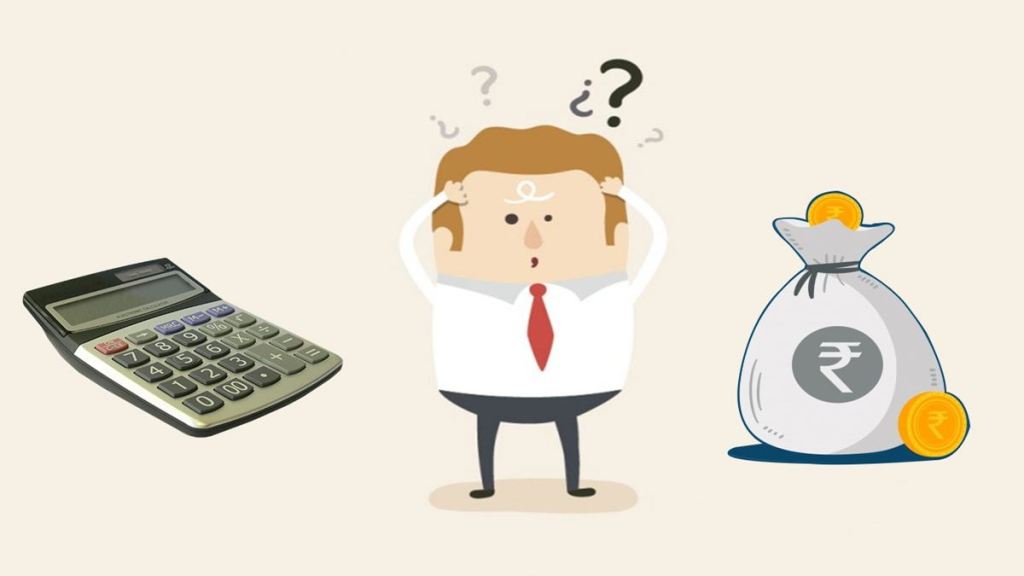A majority of taxpayers are aware of the New Tax Regime (also called the Concessional Tax Regime), which was introduced in the Budget 2020, wherein tax slabs were altered and taxpayers were offered concessional tax rates. However, as taxpayers opting for the New Regime can’t claim several exemptions and deductions, this has made this regime unattractive for a large number of taxpayers, especially in the higher income tax brackets.
For instance, a recent survey conducted by Policybazaar.com has revealed that although the introduction of the New Regime has marked a significant change in the financial landscape, yet the deeply ingrained savings culture remains a predominant force shaping individuals’ choices. No wonder, the Old Regime continues to retain popularity among taxpayers by a margin. Despite the New Tax Regime becoming the default option now, there emerges a distinct preference, with 63% takers for the Old Tax Regime and 37% for the New Regime owing to the tax-saving benefits and a sense of security offered by long-term savings instruments that one can leverage in the former.
Therefore, while taxpayers and tax experts are seeking more tax sops under the Old Tax Regime in the Budget 2024, there is also demand for making the New Tax Regime more attractive by introducing some tax deductions under this regime.
Also Read: Budget 2024: Will Standard Deduction limit be increased in this year’s interim budget?
Dr. Suresh Surana, Founder, RSM India, says, “Under the existing provisions of the concessional tax regime u/s 115BAC of the I-T Act (also known as the default tax regime), a majority of tax deductions /exemptions are not available to the taxpayers except salary standard deduction, employer’s contribution to National Pension Scheme u/s 80CCD(2), etc. As such, some essential deductions should be allowed to salaried taxpayers to bring them at par with other taxpayers.”
The key recommendations include:
(i) The concessional tax regime u/s 115BAC may provide for adequate deduction for social security contributions such as payments towards EPF contribution, LIC premium, investment in National Savings Certificate, Public Provident Fund, employee’s contribution to NPS, etc. Allowing such deductions would ensure social security benefits to the individual taxpayers as well as facilitate the savings culture.
(ii) The concessional tax regime does not provide deduction for mediclaim premium incurred and as such individuals are sceptical about opting for the new regime. Considering that most of the individual taxpayers incur expenditure for the purpose of their medical wellbeing, providing such deduction would encourage individual taxpayers to opt for the new regime.
(iii) Individual taxpayers opting for the concessional tax regime u/s 115BAC are not allowed to claim deduction of home loan interest u/s 24(b) as well as setoff of loss from house property against any other head of income. “Due to the current stability in the real estate market, many individual taxpayers have opted for purchase of house property and most of those who have taken a housing loan are incurring interest costs on their newly-owned property. Thus, concessional tax regime may allow individual taxpayers to claim interest deduction as well as setoff such house property losses against salary income in order to incentivize them to opt for such concessional tax regime,” says Surana.
Thus, the deductions available to individuals under the Old Tax Regime, such as the deduction of health insurance paid and employee contributions towards NPS, should be extended to the New Tax Regime as well, so as to promote equitable access to healthcare and encourage savings and investments among taxpayers.
Shuddhasattwa Ghosh, Tax Partner, EY India, says, “To make the concessional tax regime (CTR) more attractive for individuals, the government could look at allowing certain exemptions/ deductions such as interest on housing loan for self-occupied property, contribution towards EPF, PPF, NPS, insurance payments (both life and health) etc. Also, taxpayers may be allowed to opt for the CTR in the revised and belated tax returns as well.”
Adhil Shetty, CEO, Bankbazaar.com, is also of the view that to encourage more taxpayers to choose the New Tax Regime, the government should implement further reductions in tax rates. Also, raising the current basic threshold would likely offer some relief to middle-class taxpayers.
To further enhance the appeal of the New Regime, the government should consider to lower the highest tax rate from 30% to 25% and increase the income threshold for this highest rate from Rs 15,00,000 to Rs 20,00,000.
“Additionally, raising the standard deduction limit and the basic exemption limit would provide more financial relief to taxpayers,” suggests Maneesh Bawa, Partner, Nangia Andersen LLP.
He adds that the government should also allow the set-off for house property loss under the New regime. “This would be a major incentive for taxpayers to switch to the new system, as it could potentially offset some of the lost deductions from the Old Regime.”
Will the Old Tax Regime be gradually phased out?
In the Union Budget 2023, the government had made it very clear that the new scheme of taxation would be the scheme for the future. Hence going forward, there would be no deduction on the investments, etc which are now available u/s 80C.
However, “there is a clear divide between the taxpayers who choose the new scheme and those who choose the old scheme. The new scheme is chosen by new entrants in the tax net whereas the established taxpayers choose the old scheme. It is expected that the new scheme would also be made ‘Hybrid’ by bringing certain graded deductions to make the new scheme attractive to the established taxpayers also,” says Vivek Jalan, Partner, Tax Connect Advisory.
It is pertinent to note that in the last budget standard deduction was introduced in the new scheme and this could be the beginning of a ‘Single Hybrid Regime’.

